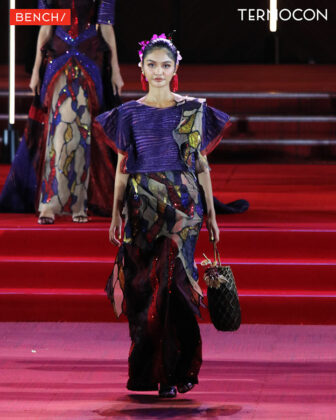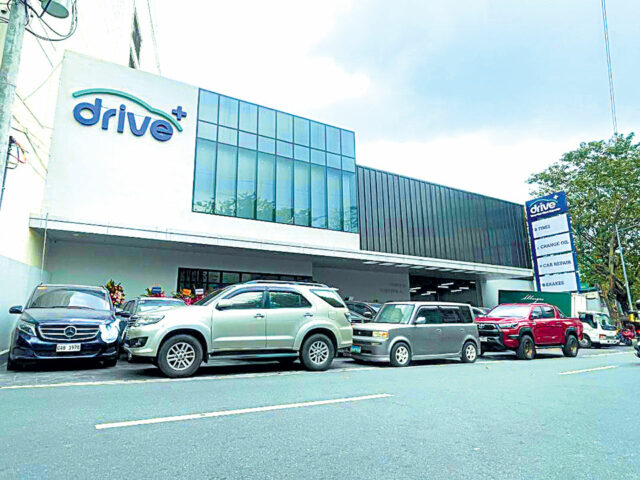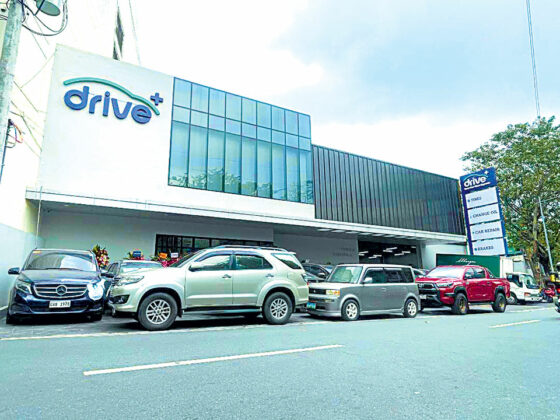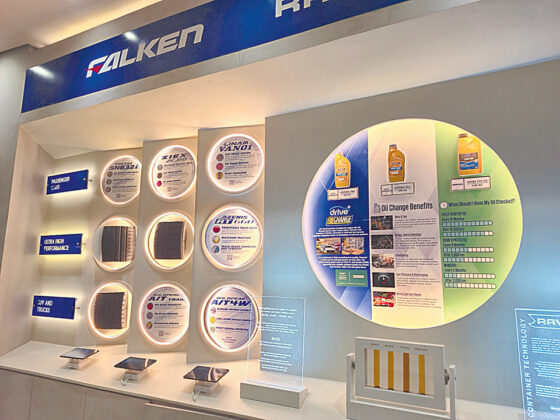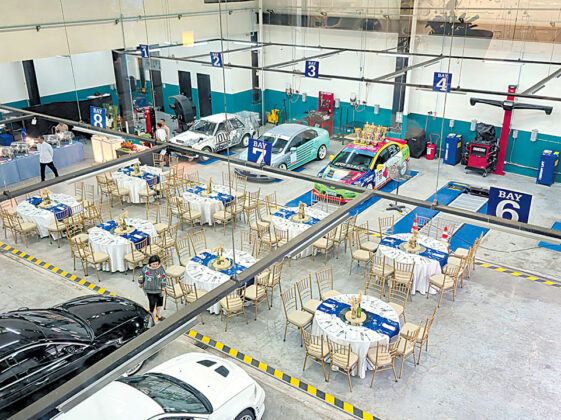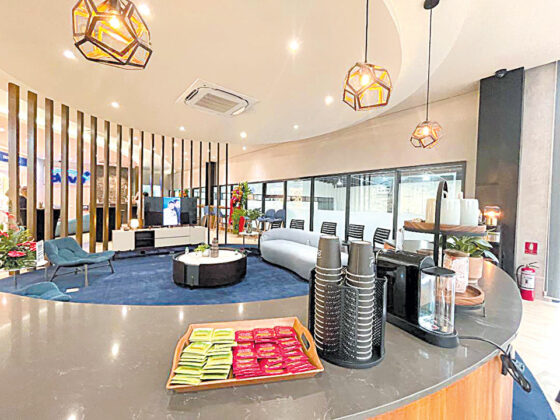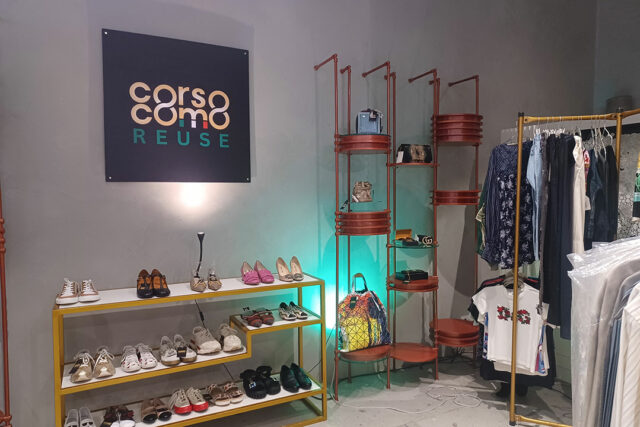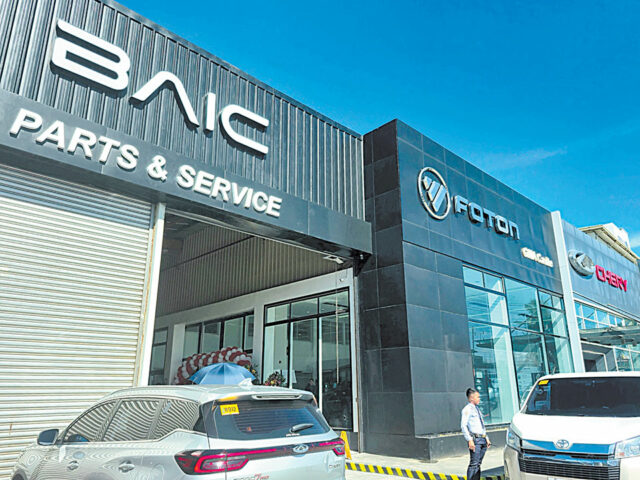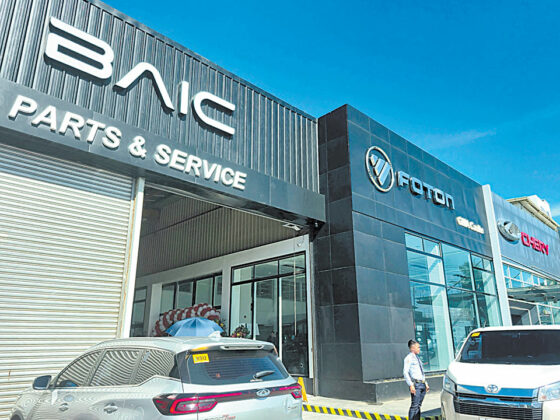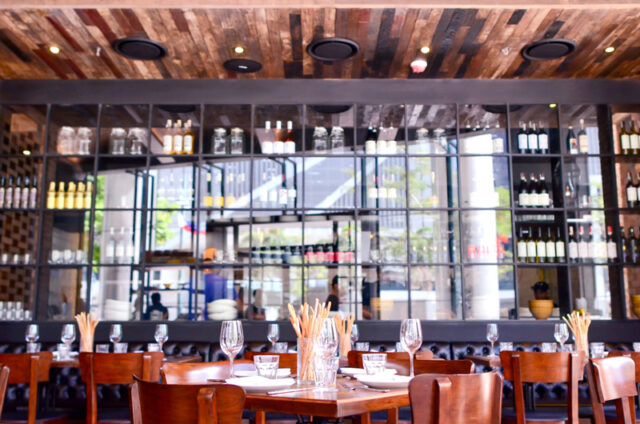The mission statement of the Land Transportation Franchising and Regulatory Board (LTFRB) states that LTFRB ensures that the commuting public has adequate, safe, convenient, environment-friendly, and dependable public land transportation services at reasonable rates through the implementation of land-based transportation policies, programs, and projects responsive to an investment-led and demand-driven industry.
In essence, the LTFRB determines the demand for public transport and then issues the necessary franchises to public transport operators who will then supply the necessary vehicles to meet the transport needs of the commuting public.
The issuance of franchises should therefore be determined by the number of public vehicles needed to meet the public demand for transport. Since the population of the Philippines has been growing, we would expect that the number of franchises issued by the LTFRB would also grow.
Unfortunately, as shown in the accompanying table, the LTFRB declared moratoriums on the issuance of franchises.
The net results of these policies has been a reduction in the service provided by the public utility jeepneys (PUJs) and buses (PUBs) in Metro Manila. The number of trips of the PUJs declined by 50% from 193,221 in 2013 to 95,659 in 2023 while the trips by the PUBs declined by 42% from 36,551 to 21,107.
The number of trips of the PUJs declined by 50% from 193,221 in 2013 to 95,659 in 2023 while the trips by the PUBs declined by 42% from 36,551 to 21,107.
Over-all trips by private vehicles increased from 2,280,124 trips in 2017 to 3,349,502 in 2023 or a 47% increase while trips by public vehicles declined from 418,927 in 2017 to 284,731 in 2023 or a 32% decrease. As private vehicles occupy the same space as jeepneys but carry only one or two passengers as opposed to eight to 10 passengers for a jeepney, the result is severe traffic congestion, all as a result of the catastrophic decisions of the LTFRB.
The most plausible explanation for the adverse actions of the LTFRB is “regulatory capture.” Regulatory capture occurs when the regulator, in this case the LTFRB, is captured by those organizations it is supposed to regulate, in this case the jeepney, bus, and motorcycle operators.
As a captured agency, the LTFRB serves the interest of the operators rather than the public, in this case, the commuters. Clearly by decreasing the franchises and so the public vehicles on the road, the LTFRB serves the interest of the operators since their vehicles will now be filled to overflowing with passengers, some hanging on for dear life. On the other hand, commuters want more franchises so there will be enough vehicles to meet their transport needs.
Lacking adequate public transport, some of our hapless commuters were forced to buy, usually on installment, motorcycles if they had to have any hope of reaching their destination on time. Thus, the trips by motorcycles increased from 433,340 in 2013 to 1,674,646 in 2023 for a staggering increase of 286%.
Despite this response from the commuting public, there is still the problem of commuters who could not afford to buy motorcycles. This was of no concern to LTFRB but was of great concern to the city mayors of Metro Manila.
They decided to provide the public service that the LTFRB appallingly neglected to provide. The cities of Caloocan, Malabon, Manila, Pasig, Taguig, and Valenzuela started operating public bus services.
In the case of Pasig, the Pasig Bus Service was started in 2015 to provide free shuttle services from Pasig City Hall to key drop-off points in the city of Pasig. Pasig City bought its own buses and hired its own drivers.
In the case of Quezon City, the Quezon City Bus Service was started in 2020 and has now 100 buses serving eight routes with the Quezon City Hall as hub. However, instead of providing the service itself, Quezon City subcontracted the operation to Philtranco, Genesis, and Saulog. The rides are also free.
The city governments had to offer the rides for free since they do not have franchises from the LTFRB. Without the franchise, they cannot operate as a regular bus service. This arrangement has created problems. In addition to the issue of sustainability, the city government is also accused of unfair competition by the private operators.
We argue that instead of trying to be operators regulated by the LTFRB, the city governments should lobby for legislation devolving the regulatory function of LTFRB to the local government units.
At present, the issuance of franchises for tricycle operators has already been devolved to the local governments. And they have handled this responsibility quite well.
Take the case of Siquijor town in Siquijor Province, a popular tourist destination where the principal means of public transportation is now by tricycles. The Sangguniang Bayan regulates the operation of tricycles and has organized their operation efficiently and effectively.
By the way, few are aware that the 60,000 motorcycle taxi drivers are now allowed to operate only because of a pilot test approved by Congress in June 2019, which is valid only until June of this year. And so, Congress has proposed a law regulating these motorcycles drivers. We suggest that under this proposed law, these motorcycle franchises be regulated by the local government units as with the tricycle franchises.
We suggest further that the present PD on LTFRB be amended so that the regulation of public land transport be devolved to the provincial, city, and municipal governments with the LTFRB regulating only the national public transport systems.
We make this proposal for the following reasons:
1.) Given their interest and information on the needs for public transport in their community, the LGUs are in the best position to be the regulator for local public transport franchises rather than the LTFRB.
2.) Given that the regulatory powers will be diffused from one centralized agency to numerous LGUs, regulatory capture will be avoided; and,
3.) The LGUs can be held accountable when traffic congestion occurs in their locality. At present the critical role of the LTFRB in our present traffic congestion is not even realized by both our government officials and the commuting public.
Dr. Victor S. Limlingan is a retired professor of AIM and a fellow of the Foundation for Economic Freedom. He is presently chairman of Cristina Research Foundation, a public policy adviser and Regina Capital Development Corp., a member of the Philippine Stock Exchange.

![solar-panels-[MICHAEL-WILSON-UNSPLASH]](https://www.bworldonline.com/wp-content/uploads/2024/12/solar-panels-MICHAEL-WILSON-UNSPLASH-640x427.jpg)


